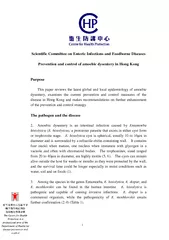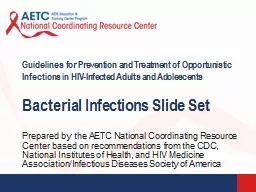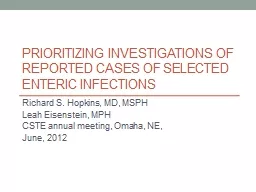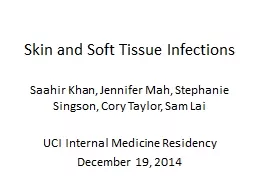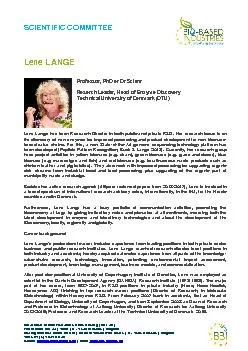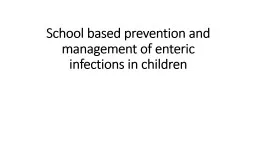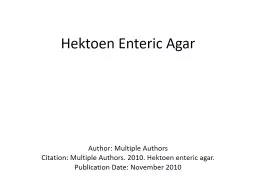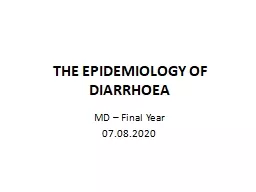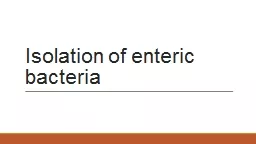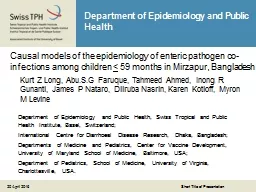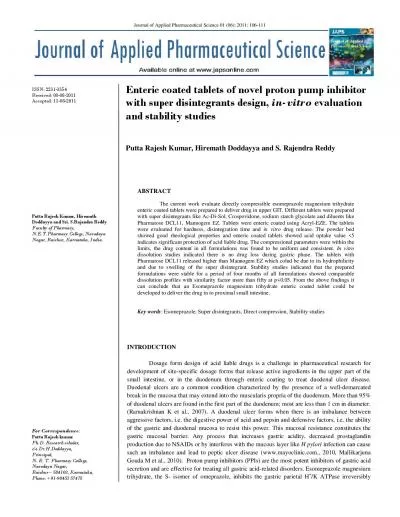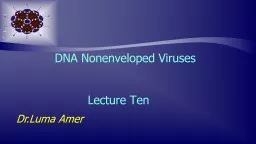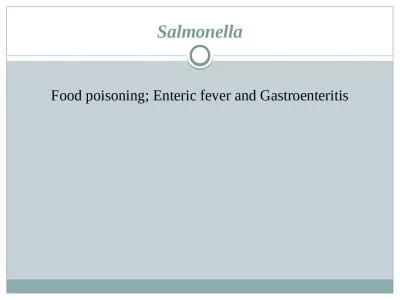PDF-Scientific Committee on Enteric Infections and Foodbor
Author : luanne-stotts | Published Date : 2015-04-28
The pathogen and the disease 2 Amoebic dysenter y i s an intestinal infection caused by Entamoeba histolytica E histolytica a protozoan parasite that exists in either
Presentation Embed Code
Download Presentation
Download Presentation The PPT/PDF document "Scientific Committee on Enteric Infectio..." is the property of its rightful owner. Permission is granted to download and print the materials on this website for personal, non-commercial use only, and to display it on your personal computer provided you do not modify the materials and that you retain all copyright notices contained in the materials. By downloading content from our website, you accept the terms of this agreement.
Scientific Committee on Enteric Infections and Foodbor: Transcript
Download Rules Of Document
"Scientific Committee on Enteric Infections and Foodbor"The content belongs to its owner. You may download and print it for personal use, without modification, and keep all copyright notices. By downloading, you agree to these terms.
Related Documents

